Striking the Balance Between Precision and Human Judgment
The Role of Technology in Umpiring
In recent years, technology has revolutionized various aspects of sports, including umpiring. From Hawk-Eye in tennis to VAR in soccer, technological advancements have aimed to enhance the accuracy of decisions and reduce human error. However, despite its many benefits, technology in umpiring does not always get things right. This raises an important question: should we always accept the outcomes provided by technology, or do we still need human oversight in the decision-making process?

The Promise and Limitations of Technology in Umpiring
Technology has undeniably brought significant improvements to the accuracy of umpiring decisions. Systems like Hawk-Eye can track the trajectory of a ball with remarkable precision, while goal-line technology can determine whether the ball has crossed the line within milliseconds. These innovations have helped eliminate many contentious decisions and have provided a more objective basis for umpiring.
However, technology is not infallible. There have been instances where technological systems have failed or provided incorrect data. For example, in cricket, there have been cases where the Hawk-Eye system has shown anomalies in ball tracking, leading to questionable decisions. Similarly, in soccer, VAR has occasionally sparked controversy due to inconsistent application or technical glitches.
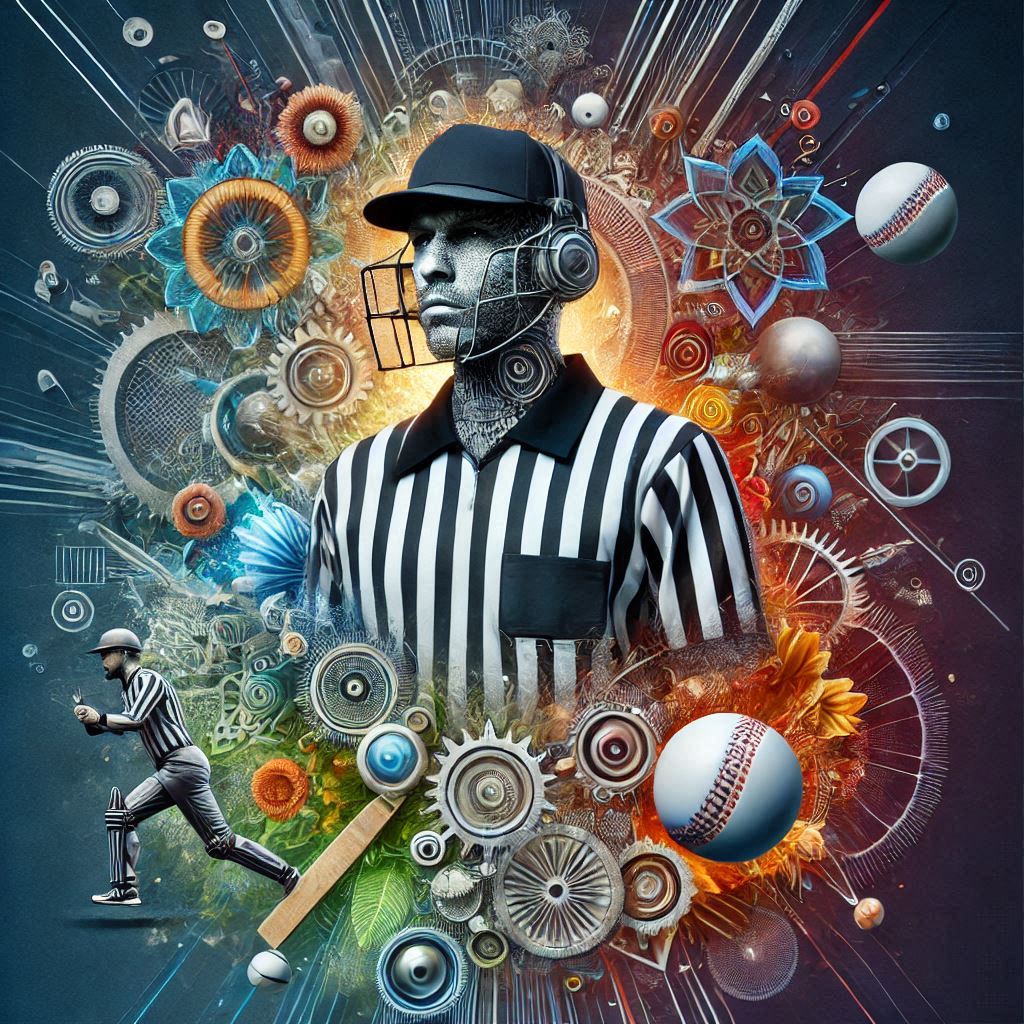
The Human Element in Umpiring
One of the key arguments for retaining human oversight in umpiring is the importance of context and nuance. Human umpires bring a wealth of experience, intuition, and understanding of the game that technology cannot replicate. They can interpret the spirit of the rules and make judgment calls in situations where strict adherence to technological data might not be appropriate.
Additionally, the presence of human umpires adds an element of relatability and accountability. Fans and players can interact with human umpires, and their decisions can be explained and scrutinized in a way that builds trust and understanding. Technology, on the other hand, can sometimes feel impersonal and opaque, leading to frustration and a sense of detachment.

Balancing Technology and Human Oversight
The ideal approach to umpiring in modern sports lies in striking a balance between technological precision and human judgment. Technology should be used as a tool to assist umpires, providing them with accurate data and insights to inform their decisions. However, the final call should often rest with the human umpire, who can apply their expertise and consider the broader context of the game.
Incorporating a hybrid system allows for the benefits of both approaches. For example, in tennis, the combination of Hawk-Eye and on-court umpires ensures that line calls are precise, while still allowing for human intervention in more complex situations. Similarly, in soccer, VAR can assist referees by providing additional perspectives, but the referee ultimately makes the final decision on the field.
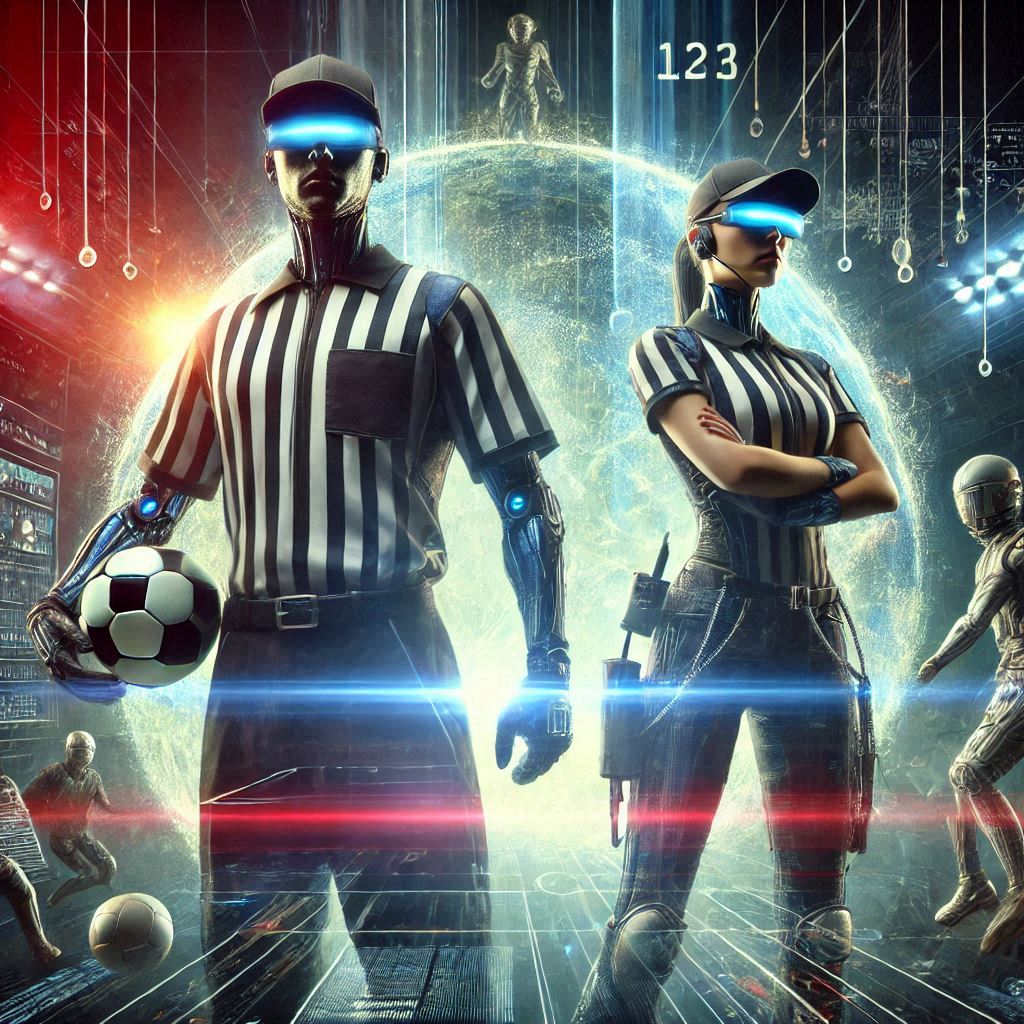
The Role of Technology in High-Stakes Matches
High-stakes matches often bring out the best and worst in technology. The recent cricket test match between Australia and India at the Melbourne Cricket Ground (MCG) serves as a prime example. Australia’s victory over India was marked by controversy over the use of the Decision Review System (DRS). The match saw several pivotal moments where technology played a crucial role, but also highlighted its limitations.
Ambiguity in Decision-Making
One particular incident during the test match was the dismissal of India’s Yashasvi Jaiswal. The DRS showed a clear deviation of the ball, but there was no definitive evidence of a nick on the “Ultra Edge” technology. The decision was ultimately overturned, leading to heated debates among fans and players alike. This incident underscores the complexity and ambiguity that can arise from relying solely on technology. It was not clear, and the lack of clarity made it difficult to work out the correct decision. Human umpires, with their ability to interpret and apply technological data in a nuanced manner, are essential in such situations.
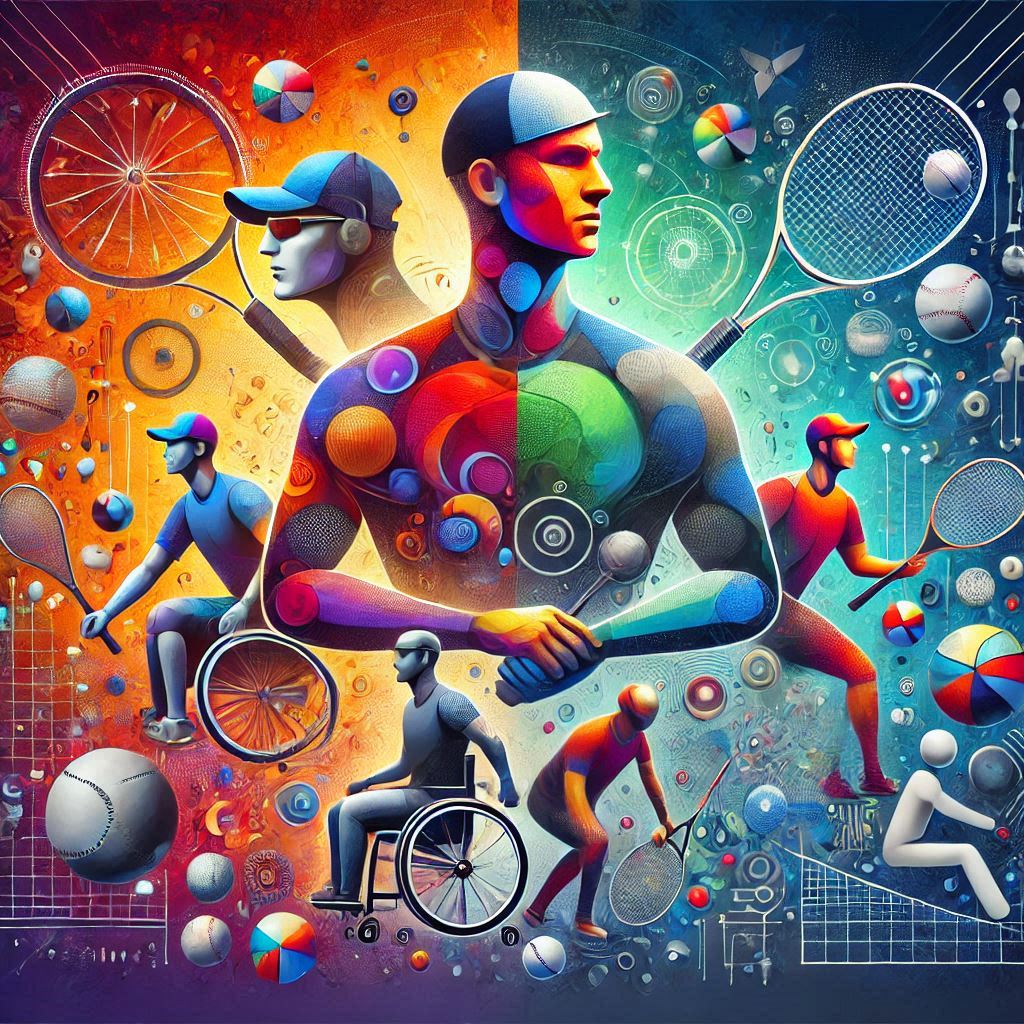
If We Have the Tech, Why Not Use It Fully?
Given the advanced technology available, one might wonder why we do not use it to its full extent. The answer lies in the limitations and potential errors that can still occur with technology. While technological systems provide valuable data, they are not infallible. Integrating human oversight ensures that decisions are not only based on data but also consider the context and nuances of the game. A fully investigated human view that utilizes the facts provided by technology can offer a more comprehensive and accurate assessment of critical moments in the game.

Pros and Cons of Technology in Umpiring
Pros
Accuracy
Technology can provide precise data, reducing human error and ensuring fairer decisions.
Consistency
Technological systems offer a standardized approach to decision-making, minimizing discrepancies.
Transparency
Replays and data from technology can be shared with fans, enhancing trust and understanding.
Support for Umpires
Technology assists umpires by providing additional perspectives and information.
Reduced Pressure
Umpires can rely on technology for critical decisions, reducing the pressure and potential for mistakes.

Cons
Technical Failures
Technology is not foolproof and can malfunction, leading to incorrect decisions.
Loss of Nuance
Technology cannot interpret the spirit of the rules or the context of the game as human umpires can.
Impersonal Decisions
Technology can feel detached and impersonal, potentially frustrating players and fans.
Cost
Tech costs money! Implementing and maintaining new technological systems from the start and when running live can be very expensive.
Overreliance
Excessive dependence on technology might undermine the authority and confidence of human umpires.

The Future of Umpiring
Umpiring & Tech
As technology continues to evolve, the role of umpires will also adapt. Emerging technologies like artificial intelligence and machine learning have the potential to further enhance the accuracy and efficiency of umpiring systems. However, these advancements should be implemented with caution, ensuring that the human element remains an integral part of the decision-making process.
Ultimately, the goal should be to create a fair and enjoyable sporting experience for all participants. By leveraging the strengths of both technology and human judgment, we can achieve a system that upholds the integrity of the game while also embracing innovation.
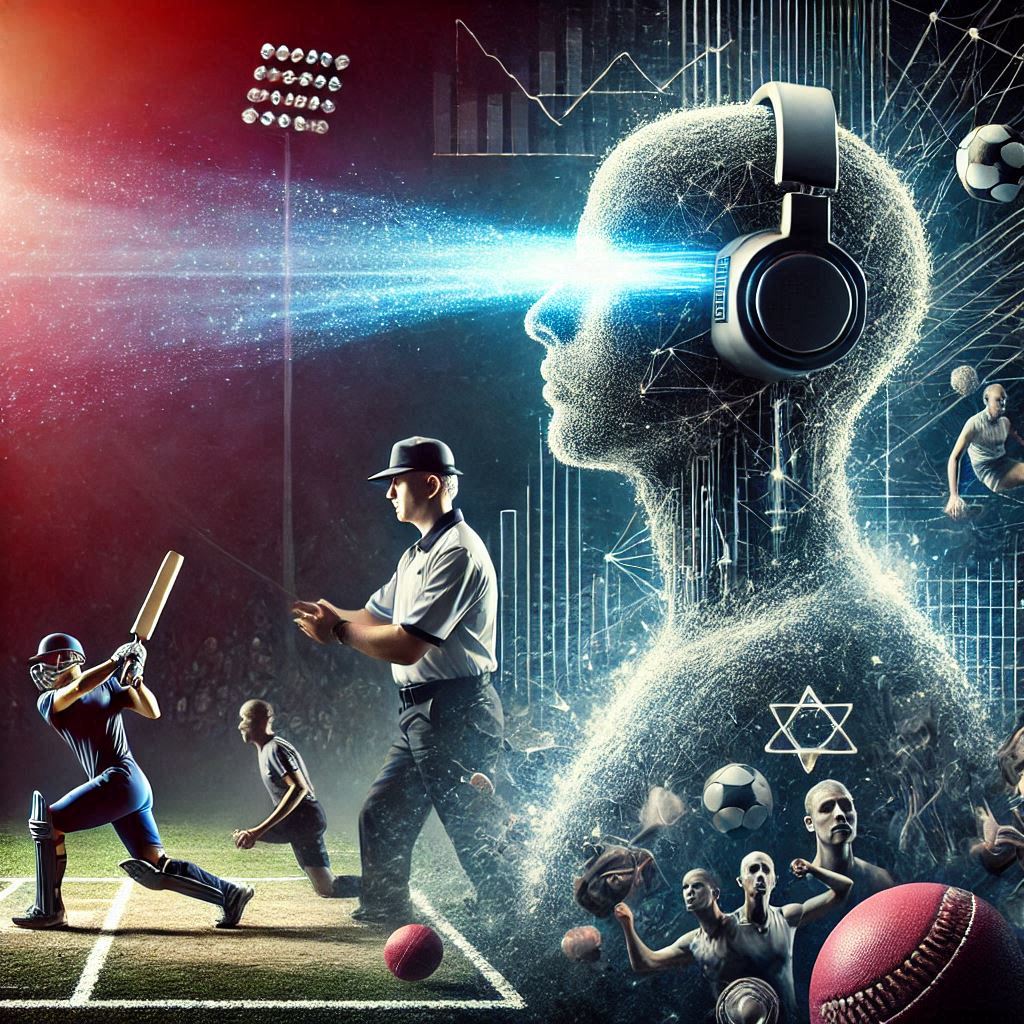
Conclusion
While technology in umpiring has brought about significant improvements in accuracy and fairness, it is not without its limitations. The nuanced understanding and judgment of human umpires remain crucial in many situations. Striking a balance between technological assistance and human oversight ensures that we can benefit from the best of both worlds. As sports continue to evolve, this hybrid approach will help maintain the spirit of competition and the trust of players and fans alike.
Join the Discussion
What are your thoughts on the use of technology in umpiring? Do you believe that technology should always be trusted, or is human oversight necessary to ensure fairness and accuracy? Have you experienced or witnessed any controversial decisions influenced by technology?
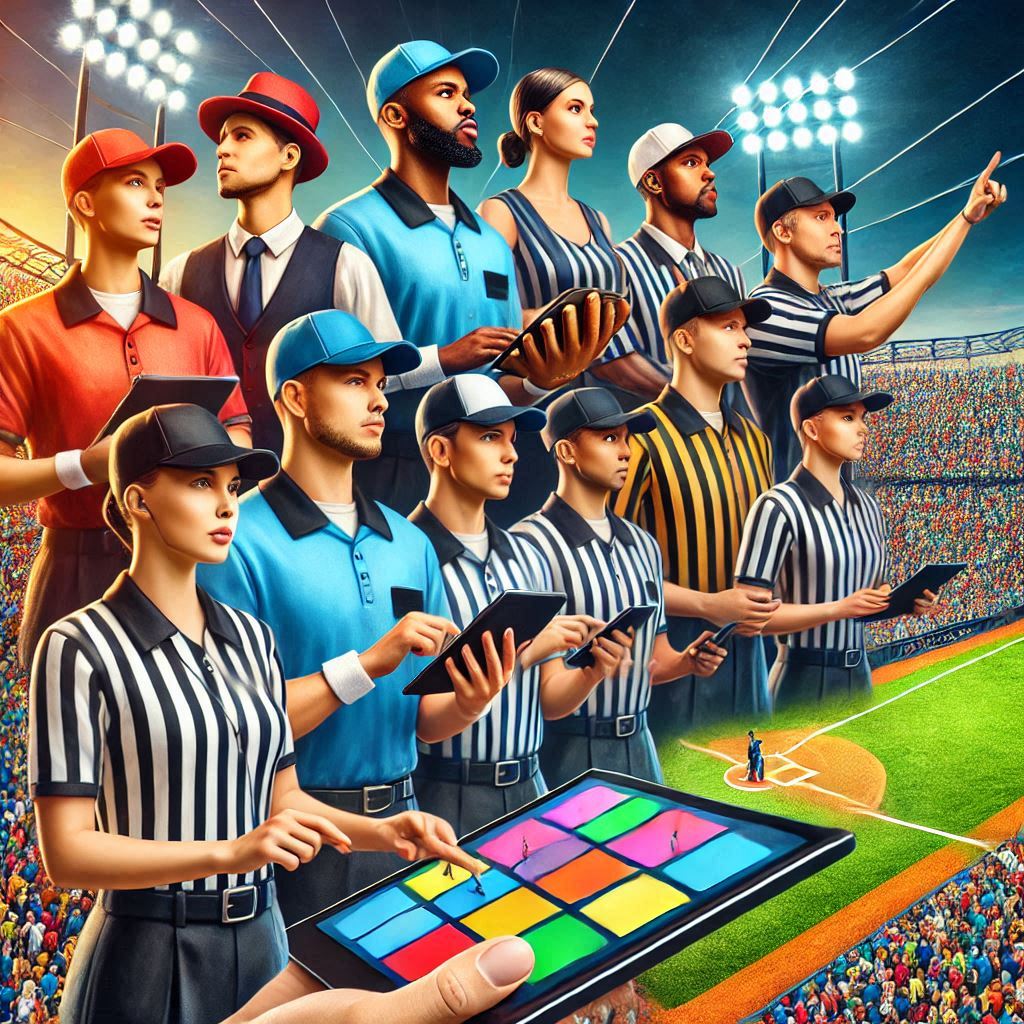



Terima kasih atas karya-karya luar biasa yang Anda bagikan melalui blog. Setiap tulisan Anda selalu penuh informasi berharga dan menginspirasi banyak orang. Dedikasi Anda dalam berbagi pengetahuan sangat terlihat, dan gaya penulisan Anda yang menarik membuat setiap artikel terasa menyenangkan untuk dibaca. Semoga terus berkarya dan memberikan manfaat bagi banyak orang. Anda benar-benar menginspirasi!